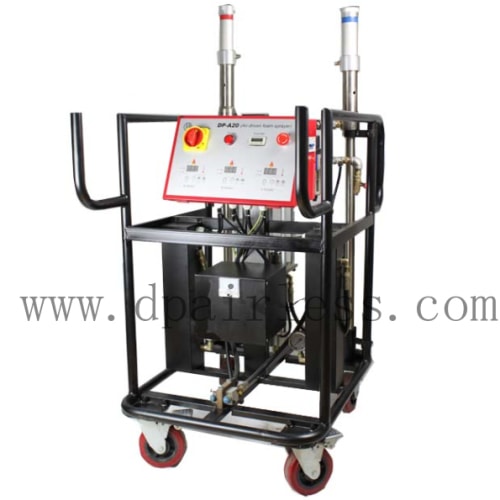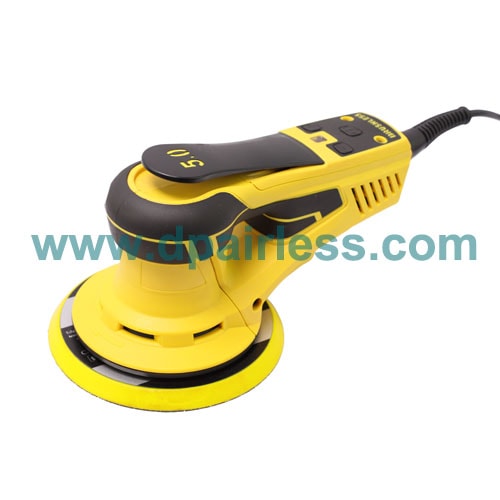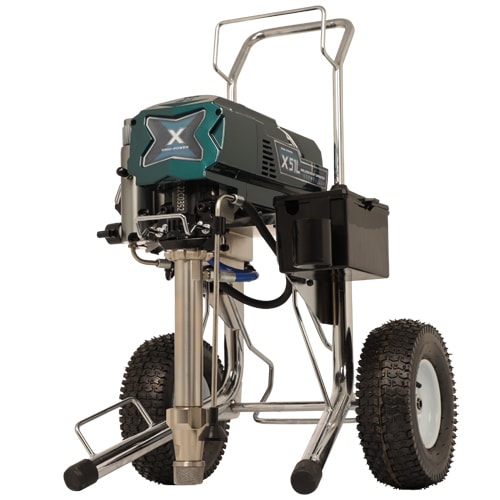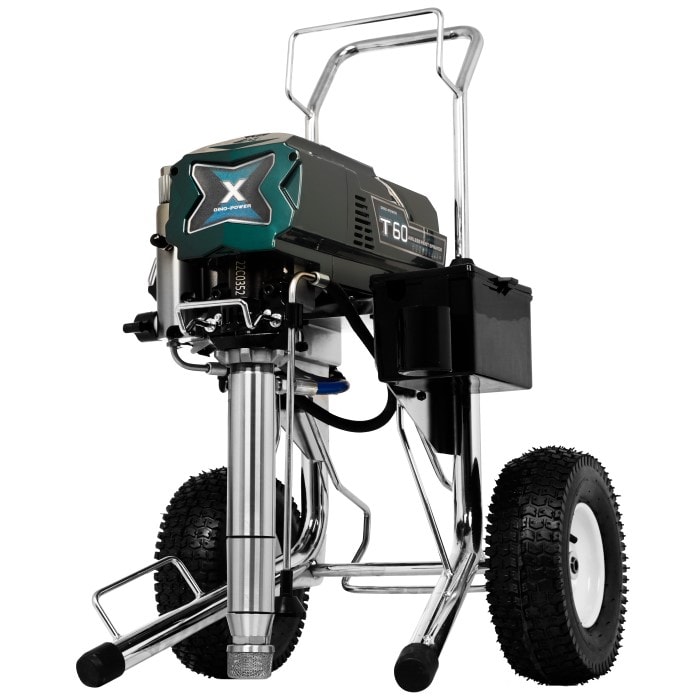ABOUT SPRAY FOAM INSULATION
Spray polyurethane foam is better than any other type of insulation at reducing air leakage.
With foamed-in-place insulation, it is relatively easy (though not inexpensive) to fill wall and ceiling cavities completely. Closed-cell spray foam provides a higher R-value per inch (6.5) than less expensive insulation types like cellulose and fiberglass (3.5 to 3.7).
Most spray polyurethane foam is called “two-component” foam. Two ingredients—conventionally called “A” and “B” components—are mixed on site using special equipment mounted in a trailer or truck. Heated hoses convey the components to a mixing gun that sprays the chemicals on the surfaces to be insulated.
A chemical reaction begins as soon as the chemicals are mixed. The liquid mixture foams, expands, and eventually hardens.
CHOOSE A CONSCIENTIOUS INSTALLER
Most jobs are for pros
Spray polyurethane foam is usually installed by a spray-foam contractor equipped with a truck or trailer to carry the necessary chemicals and spray equipment.
For smaller jobs, builders can purchase disposable tanks of two-component polyurethane foam. These tanks are sold in various sizes, and range in cost from about $200 to $500. For very small jobs, small aerosol cans of one-component (moisture-cured) polyurethane foam can be purchased at most building-supply stores for about $5 a can.
Experience matters
Although spray polyurethane foam has many advantages over other types of insulation, spray foam installation isn’t foolproof. Some builders have reported problems with sloppy foam insulation. For example, some installers have been known to begin spraying before the chemical components are up to temperature, which can affect component mixing and foam performance. When components are poorly mixed, or mixed in the wrong ratio or at the wrong temperature, cured foam has been known to shrink away from rafters or studs, leaving cracks. Some installers rush through their spraying, resulting in voids.
As with any type of insulation—whether fiberglass batts, cellulose, or spray foam—it’s important to choose an installer with a good reputation; to monitor the installer’s work; and to verify that the insulation work meets expectations before making the final payment on the job.
Spray foam is messy
GBA advisor Michael Chandler provided memorable advice to builders contemplating their first spray-foam job in his February 2009 Fine Homebuilding article,”Prepping for Spray Foam.”
“As the foam is sprayed, small expanding droplets of foam end up in the air. This stuff gets in your hair, on your skin and clothes, and all over any building materials or tools inside the house. I once failed to warn a homeowner of the mess. He was excited to capture the spray-foam-insulation process with his video camera. He got only a small amount of footage and never got to use the camera again. The best bet is to get everybody who’s not part of the foam crew out of the house. Have some helpers nearby to watch the installation, and be ready with drop cloths, tape, and caulk to stop or catch any drips that find their way to the exterior of the house.”
OPEN-CELL FOAM
Half-pound foam, also known as open-cell foam, has a density of about 0.5 lb. per cubic foot and an R-valueof 3.5 or 3.6 per inch.
Open-cell foam is relatively vapor-permeable. Three inches of open-cell foam have a permeance of 16 perms.
Some of the low-density foams are made in part from bio-based raw materials — for example, soybean oils — in place of a portion of the petrochemicals. Open-cell foams use water or carbon dioxide as the blowing agent.
Compared with closed-cell polyurethane, open-cell products use significantly less material, making them attractive from a resource-use standpoint. However, open-cell foams have a lower R-value per inch than closed-cell foams.
Open-cell foam ofter requires an interior vapor retarder. When used to create acathedralized attic in a cold climate (climate zones 5 and higher), open-cell foam should always include a vapor retarder (for example, a layer of gypsum wallboard finished with vapor-retarder paint). Recent research has shown that vapor-retarder paint is ineffective when sprayed directly onto cured foam insulation, so cold-climate builders who don’t plan to cover the spray foam with a layer of drywall should stick with closed-cell spray foam.
CLOSED-CELL FOAM
Two-pound foam, also known as closed-cell foam, has a density of about 2 lb. per cubic foot and an R-value of 6 to 6.5 per inch. Two-pound foam is significantly more expensive than half-pound foam.
Closed-cell foam is a vapor retarder. Two and a half inches of closed-cell foam have a permeance of 0.8 perm.
The blowing agents in most types of closed-cell spray polyurethane foam are hydrofluorocarbons (HFCs) with a high global warming potential. Because the global warming potential of these damaging blowing agents is 1,430 times more potent than carbon dioxide, many green builders avoid the use of closed-cell spray foam.
- Related products
- Related posts
- Comments
- FAQ
1 comment
Leave your comments
FAQ regarding our business
Q1: What's your MOQ minimum order quantity for formal order?
A: Our MOQ is 10-100 units depends on the model. For small pump or spray guns , the MOQ is 100. and for large capacity pump, the MOQ could be 10. We can accept 1 or 2 units for sample testing order.
Q2: What's your payment terms?
A: We could accept L/C, T/T and Paypal or Western Union, also accept the payment against B/L copy . We can offer credit payment term for our long year cooperated representatives.
Q3: What is the lead time?
A: Sample order: 3-5days, mass production 20-40 days for the formal order.
Q4: Can we put our logo on your products? Is there extra charge for it?
A: Yes, we accept the OEM order based on the order quantity. The color box package need extra cost for less container order.
Q5: What's your warranty?
A: our warranty is 12months limited warranty except the easily worn parts. and for the motor we offer 2 years warranty.
Q6. Which port do you ship your machines?
A: We ship from Ningbo port China. for the FOB price, we will bear the local freight charge and the forwarder fee / customs fee, and all the shipping cost / insurance cost / forwarder cost at destination port / import duty tax ... all will be beared by the buyer (or importer).
Q7. how can i buy your products?
A: if you're final user, please leave your mobile phone number to us, and we will ask our distributor / dealer to call you directly. if you want to be our distributor or representative, welcome to contact us by email or whatsapp. we can talk more details one by one, we're sure you would be satisfied with our quality / service and price.







2013/10/19 at 22:50:11
Please send me information on your polyurethane foam machines and spray foam guns.